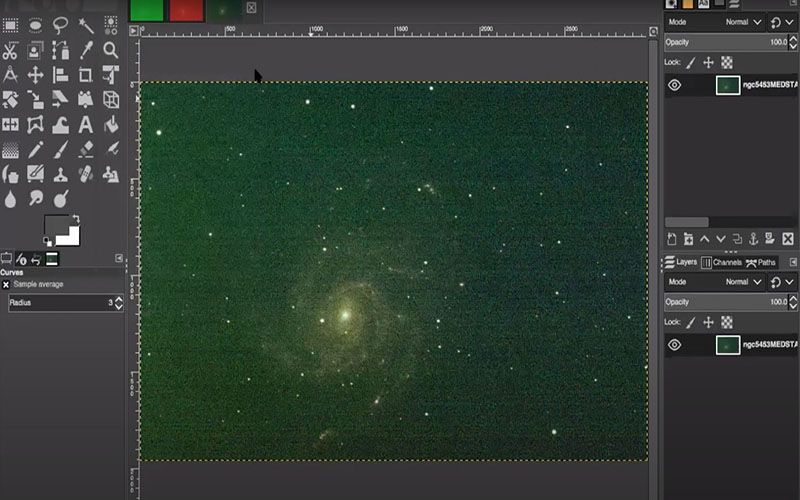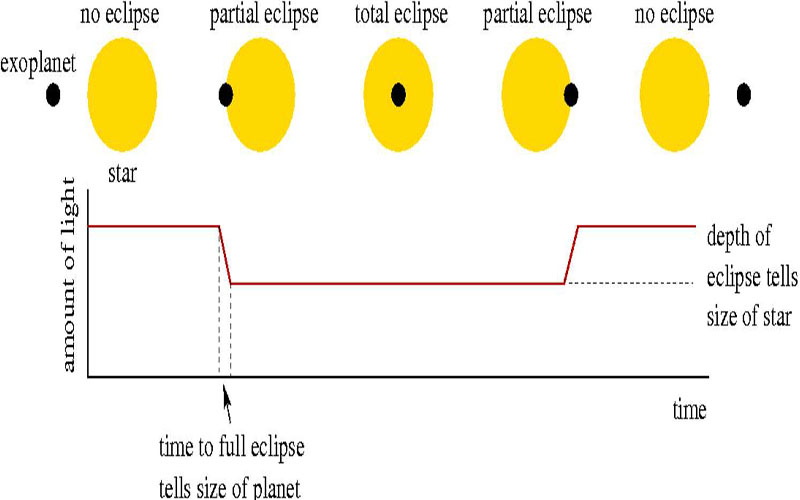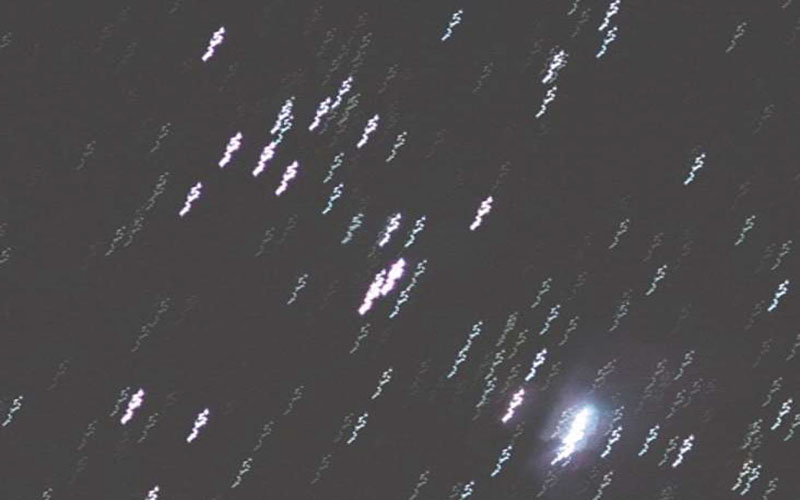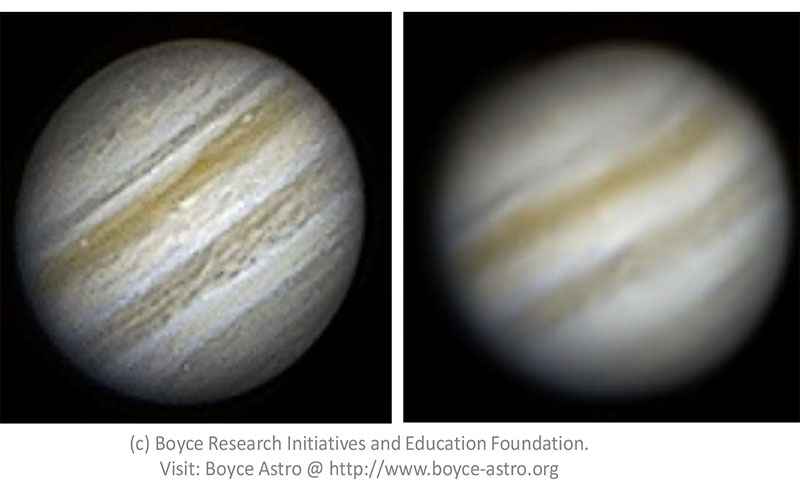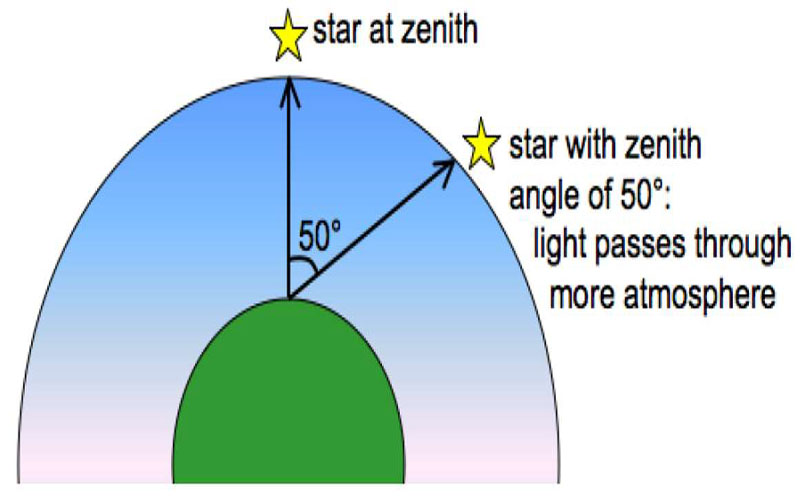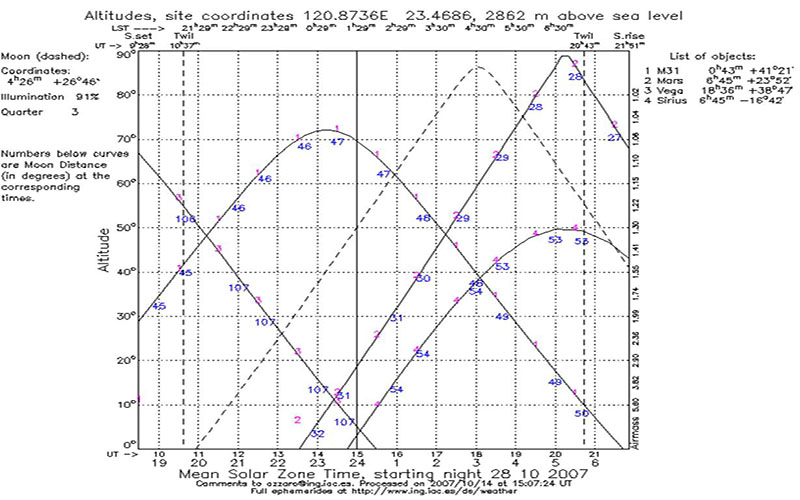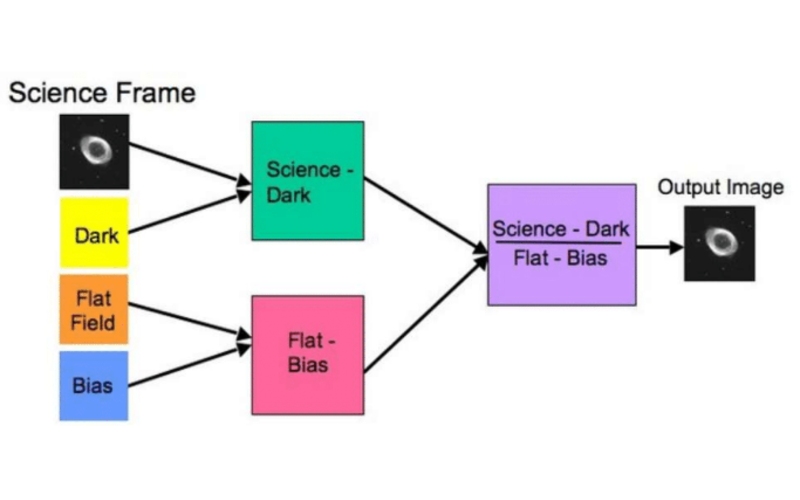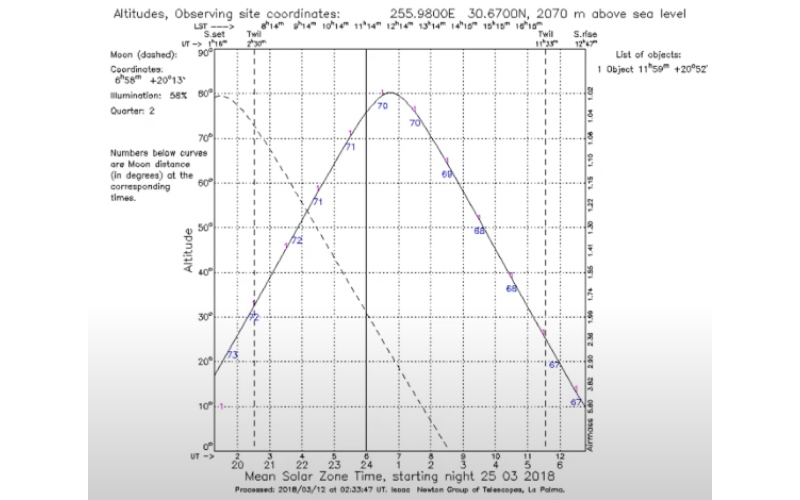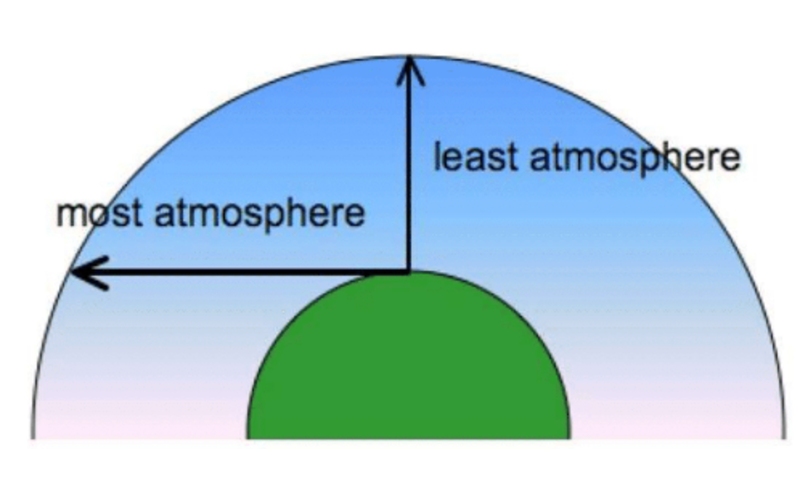CCD Imaging
Video Categories
Using GIMP For Color Images
This lesson explains how to use the free image manipulation software GIMP to transform and colorize astronomy images.
Exoplanets
This lesson provides an overview of understanding, imaging, and analyzing exoplanets.
Bad Image Examples
This lesson provides multiple examples of poor-quality images and explains both the reasoning behind the results and some of the specific cases in which they may still be of use.
Seeing
Seeing is an important concept that describes how clear an image's subject is when viewed through the Earth's atmosphere.
Earth’s Atmosphere
A severely limiting obstacle, the Earth's atmosphere must be well understood and carefully considered when working in the field of astronomical imaging and science.
Planning Your Image – Non-Moving Object
This lesson guides the viewer through the process of preparing for an imaging run for an unmoving object in the night sky.
Image Reduction – Overview
Image processing goes through pre-processing (calibrating images using darks, biases, and flat-fields) and post-processing (When images are digitally reduced: WCS Coordinates, removal of Cosmic Rays, Transformed, etc)
Visibility Curve For Your Target and How To Use It
When imaging your star, make sure your declination can be imaged by your observatory.
Airmass
Airmass is the path length for light from an astronomical object to pass through the Earth’s Atmosphere, and a greater airmass means dimmer targets
Planning your Image – Moving Object
Make sure your target location and visibility are good, accounting for movement; and make sure your comp star is in range.

